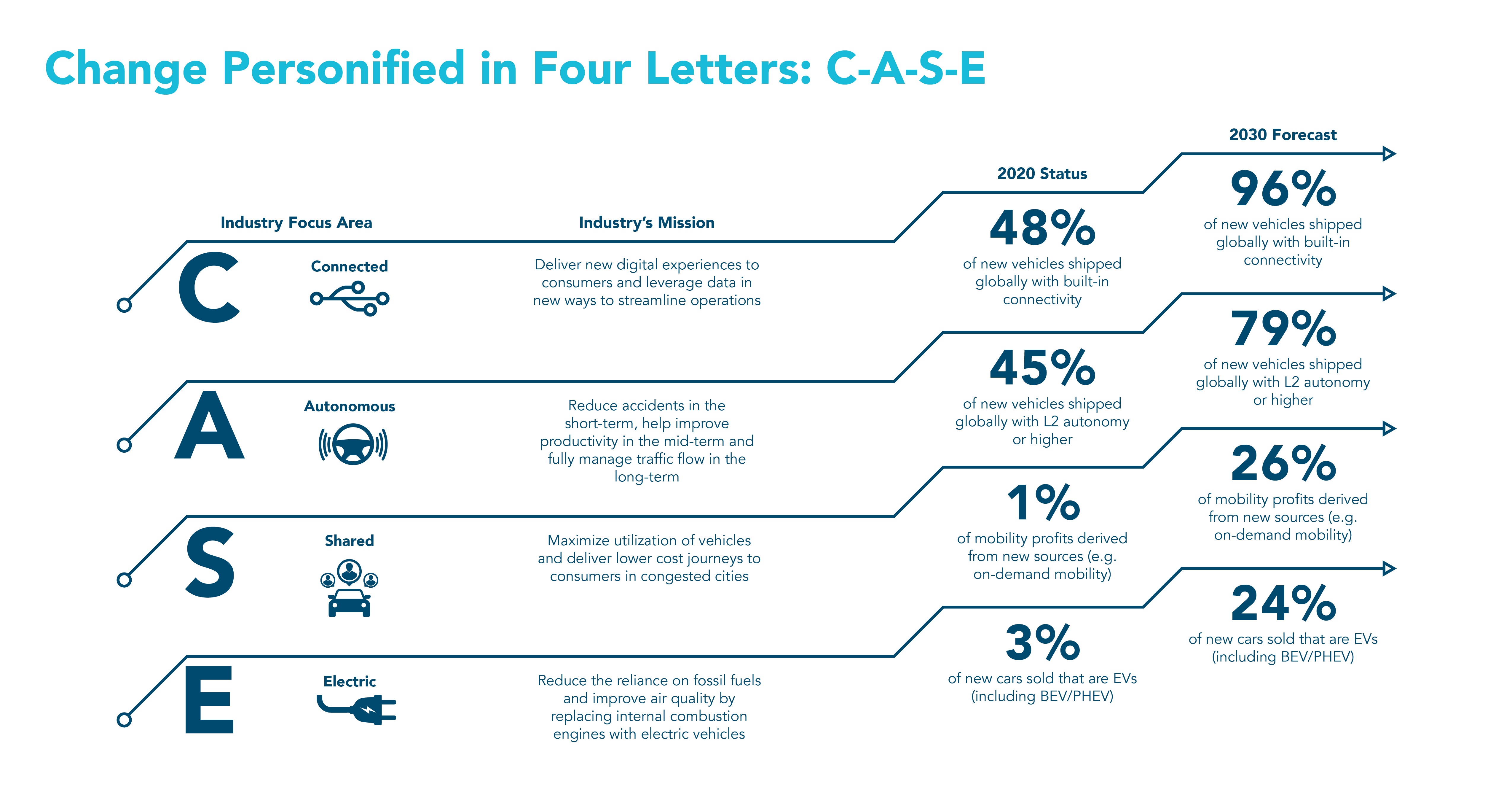What does the future of automotive mobility hold?
HARMAN, a wholly-owned subsidiary of Samsung Electronics, the Experience Per Mile Advisory Council and SBD Automotive have released a report on automotive mobility transformation from 2020 to 2030.
The report titled, ‘Experiences Per Mile 2030: Ensuring the Next Decade of Mobility Transformation Puts the Consumer First and Foremost’, features findings that address the mobility transformation currently underway – and why collaborative consumer-centric innovation is critical in enabling hyper-individualised user experiences.
The EPM 2030 Report, featuring new research conducted by SBD Automotive, predicts that built-in vehicle connectivity will grow sharply from 48% of all new global automobiles to nearly 96% by 2030. Similarly, by 2030, 79% of vehicles shipped around the world will have Level 2 autonomy or higher, significantly reducing the risk of crashes through alerts and discrete system actuation.
As the consumer values like the sharing economy and sustainability continue to take hold, SBD Automotive estimates that 26% of mobility profits will be derived from new sources such as on-demand mobility, while 24% of all new cars sold by 2030 will be electric.

As the world becomes more connected, cars shift from ‘being connected’ to ‘being consumer experiences – from RPM to EPM, or ‘experiences per mile’. Alongside, consumer expectations are now changing from demanding just ‘smart’ technologies to requiring integrated and meaningful connected experiences. But while most consumers report they are relying on technology more today than they did just a few years ago, nearly 40% feel this abundance of connected solutions is becoming too complicated.
Today, the automotive ecosystem is challenged to not just deliver more technology, but deliver smart solutions as holistic, connected experiences that reinforce usability and drive mass adoption. To meet new mobility demands, this requires a complex ecosystem of providers who are evolving their organisational models, business practices and services.
To bridge this gap between technology and experience, the EPM 2030 Report uncovered three key focus areas that are paramount to driving meaningful innovation:
- Reduce complexity to remove barriers: Technology is getting too complicated. This is likely a reflection that while many of these devices work well individually, integrating them all into a seamless digital and mobility experience is getting harder.
- Focus on usability and familiarity: Cars rank lower-than-average when it comes to usability. The majority of all respondents feel that staying connected and productive in the car is a challenge, with many struggling to read SMS messages, keep up with news or safely check their calendars on the go.
- Prioritise experience in connectivity: Digital experiences have become a key factor when purchasing a vehicle. Respondents listed the following items as the top digital things (of top 10 things) they will look for in the next car they buy: enables better productivity while driving; provides helpful suggestions on things like fuel stations or alternative routes; makes it easier to stay in touch with friends/family when driving; and provides a fun and entertaining environment.
“Consumers are at the heart of the mobility experience, and as technological advancements continue to disrupt the marketplace, no single company can possibly deliver on these experiences. And it won’t happen all at once,” said Jeffrey Hannah, Director, North America of automotive research firm SBD Automotive. “Through open collaboration and true partnerships, the automotive industry can prepare for the next decade of mobility transformation and ultimately, create a more connected world.”
To maintain pace with innovation and respond to growing consumer pain-points around connectivity, collaboration across industries, organisations and economies is paramount. Furthermore, it must be centred on the collective consumer experience, and how disparate technologies and services can come together to create cohesive use cases for automotive customers.
“The purpose of the EPM Advisory Council is to uncover best practices and foster cross-industry collaboration, but it really starts with understanding and ensuring we all start with the consumer pain points, and really, the consumer insights,” said Tom Rivers, Vice President, Connected Car & Connected Services Marketing, HARMAN. “Then, we can solve for those consumer pain points during the in-vehicle experience. And that’s the greatest benefit of the council – the consumer will have a better experience while moving from one location to another.”
The EPM 2030 Report outlines five core consumer benefits where advanced collaboration will fuel better experience in the vehicle for drivers and passengers:
- Accomplishment: Enhance personal productivity and support drivers’ ability to safely multitask.
- Wellbeing: Develop experiences that enhance consumers’ physical safety and digital security, as well as the personalised in-vehicle atmosphere that reduces stress and monitors their physical wellbeing.
- Social connection: Build safe, personal connections inside and outside the vehicle, such as location-sharing of routes and time of arrival, shared mobility experiences via social media platforms and more.
- Enjoyment: Ensure a fun and enriching mobility experience, with the ability to consume video and audio entertainment and enable personalised moments of discovery in a safe manner.
- Environmental consciousness: Deliver new mobility options and eco-focused technologies that can decrease carbon footprint and environmental impact.


